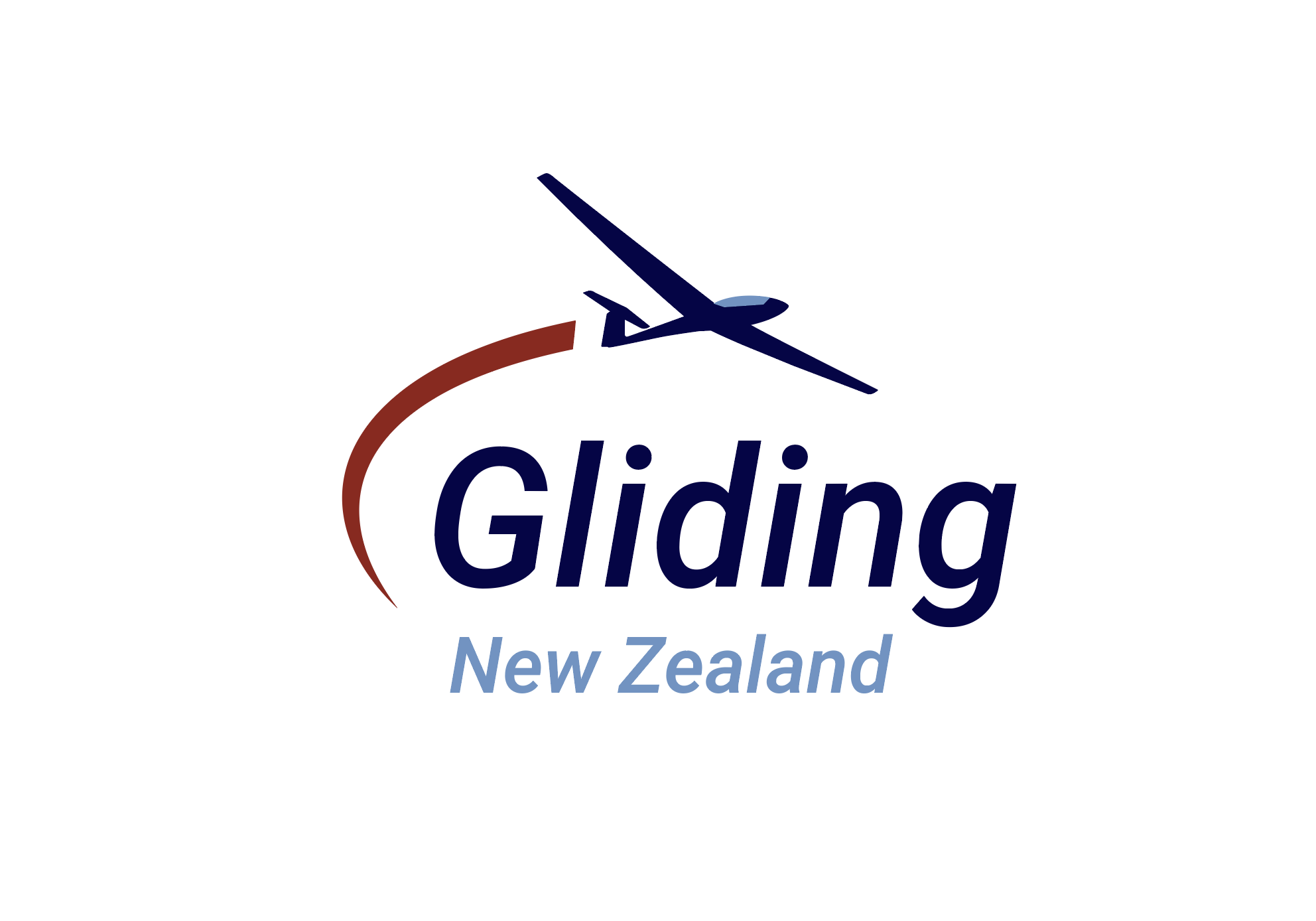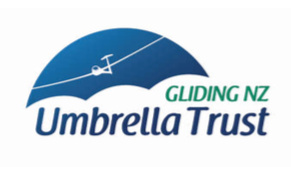GNZ Newsletter May 2022

From the president

Welcome to the May 2022 GNZ newsletter.
As suggested, despite the shorter days, April was still a beautiful soaring month. We had club Easter comps and camps. The ATC snuck in a COVID delayed national gliding camp and there were some pretty impressive cross country flights undertaken.
As I write this on the 1st day of May, the GNZ tracker app shows that most clubs have had a day of nice mostly local flying. Good training weather before it gets too cold. Not that a bit of snow has ever stopped a glider pilot when the weather shows promise.
So what does May have in store?
Only one way to find out.
See you up there.
Steve Wallace
GNZ President
Congratulations
LOGAN CHALMERS
First solo. Well done Logan!

ANTONI MILEWSKI
First solo. Nice one Antoni!

PHILIP SCARBOROUGH
Conversion into single seat DG 100

JAMES GOLDWORTHY
First land out. Nicely done James.

AMY SMITH
It's been a long time coming but first wave flight done. 15,000' up in GUS.

GNZ AGM
The dates are new this year.
Gliding New Zealand Conference and AGM
Saturday 25th June - Sunday 26th June, 2022
These dates are slightly later than normal.
Please put them in your diary now!
THE GNZ EXECUTIVE IS LOOKING FOR NEW BLOOD
If you have some good club committee experience behind you and would like to contribute at a national level please ask your club to nominate you for voting at the AGM.
Pics of the month
Aviation Sports (Whenuapai) getting ready for another cracker day.

Adrian Cable (Tauranga) takes a great sunset shot.

Some remarkable clouds over the Remarkables

Another remarkable cloud formation. This time easterly wave over the Kamai's filmed by Dennis Crequer. Click on the pic to watch the video.

More easterly Kaimai wave this time pictured by Dave Moody.

And the above pic sparked the below fascinating exchange.

Alex McCaw over Lake Lyndon. Photo by John McCaw.

I don't usully include photos from overseas but the below was too good not to!

Want this bumper sticker?

From the unfathomable depths of Kevin Clark's brain comes this little gem. If you want this bumper sticker Kevin will send you the art work for free, just email him at kevin.clark@xtra.co.nz
Kevin said he printed six locally at a cost of $10 each. Would likely make a great T-shirt as well.
Towing Electric
Towing with an electric car. Gerard's experience.
I have a Hyundai Ioniq 5 electric car, with the larger 72kWh battery giving a nominal around-town range of about 430 km. On the open road, this drops to around 400km or a bit less, due to drag and less regenerative braking. Starting the delivery journey of ND from Auckland to Youth Glide at Omarama was a bit of an eye-opener, as it showed how much the shape of the trailer can affect energy consumption. I can get to Matamata and back with SW tucked away in its sleek, low Cobra trailer. However, ND's trailer is very much a product of its time. I left One Tree Hill with 100%, collected ND at Drury and carried on to Cambridge to drop my wife off at her sister's place. A 23 kWh top-up to 80% cost me less than $14, so I carried on smugly.
A quick charge (at 211kW) at the DC high speed charger in Taupo took me back to 80% for $23.52 - though the town lights dimmed while I did so. I topped it up to 100% at the gliding club, running the charger lead out the window of the "glidetel" chalet. Fast charging can be detrimental to battery life on earlier electric cars, so I'm being conservative and doing the final top-up on an AC trickle charger (at 10A, so 2kW).
Smugness maintained, I pressed on next morning across the Desert Road, which climbs to a peak of 3,500' from Taupo's 1,300' while having more twists and turns than an election campaign. Imagine one's horror when, at the Army Museum in Waiouru, I discovered that I'd used half the charge in a mere 120 km! A good excuse for a coffee break.
The verdict: it's still a great car to own and has probably saved us more than $3,000 in petrol costs. Yes, you need to stop and charge but - most of the time - it will go further than my back or my bladder will allow anyway.
Home made glider trailer?
Umbrella Trust
Applications deadline.
Club committees and course organisers are reminded that the Umbrella Trust next meets to consider funding applications during the GNZ AGM, 25 - 26th June, 2022. The deadline for receipt of an application is 31st May, 2022.
The GNZ Umbrella Trust has funds available to help your club purchase a new glider, host a course to train students in competition flying, x-country flying or instructing. Specific funds are also available to assist those pilots selected to represent New Zealand at contests overseas.
The trust does not fund equipment for gliding clubs or trial flight courses for potential new members.
Unsure if what you want to fund will qualify? Before applying you can drop a quick note to the UT secretary Karen Morgan and the trustees will endeavour to give feedback in a timely manner.
MorganJones@xtra.co.nz
Click on the link below to find out more.

How close can you fly to cloud?
The Rules
The rules for flying in or near cloud are identified in the Pilot Training Program under To XCP / Aviation Law, and summarised in MOAP Section 2.7. General cloud flying rules are covered in the Civil Aviation Rules (CAR) Part 91.301 Meteorological Minima under Visual Flight Rules (VFR). Below 3,000 feet a glider must remain clear of cloud and in sight of the surface. This lower limit can be raised if the glider is less than 1,000 feet above the terrain, as in mountain flying. Above these heights and altitudes the general rule is 1,000 feet below cloud. Part 104 then modifies Part 91 to give some concessions for gliders. CAR Part 104.55 allows the pilot of a glider, above an altitude of 3,000 ft and above a height (above terrain) of 1,000 ft, but below an altitude of 11,000 ft, to fly no closer than 500 ft below cloud within uncontrolled airspace. The view of the Ops Team is that climbing a glider into cloud to the point where the glider cannot be clearly seen by a glider below is not only against the Rules but also presents a situation where the risk of collision far exceeds the small benefit of the extra height gained.
Incident Reports
From the desk of the NOO (National Operations Officer)
Brief Review of Incident Reports for March to April 2022
- airbrakes opened on winch launch - checks were interrupted by question from trainee in front
- rear canopy opened on aerotow takeoff - instructor reopened canopy to speak to ATC cadets
- in thermal near cloud base - glider silhouette observed in cloud directly above and at close range
- fatal crash onto low ridge shortly after launch - CAA investigating - possibly stall/spin
You can access all back copies of the Ops Team Talking newsletter. These have been placed on the Gliding NZ web site under News > Safety Bulletins
Do you need to file an OPS-10 as well as CA005? This question comes up a lot. The CAA must be notified immediately by phone after an "accident", along with the relevant CFI (MOAP Ref page 61 & 62). A Form CA005 Occurrence Report must then be filed with CAA within ten days. The view of Gliding NZ is that every incident or accident is also an opportunity to learn something that could prevent a similar occurrence in the future, and for this reason an OPS-10 report should also be filed with the ROO even though this is not explicitly requested in AC 2-08. A link to the GNZ incident reporting form (OPS 10) can be found in the very top menu bar on the GNZ homepage, just to the right of the 'Classified Adverts'. You can now fill this form out on your phone at the airfield so no excuses.

OPS 10 link: http://gliding.co.nz/wp-content/uploads/2019/06/OPS10v7f.pdf
In the case of an accident, asap please phone: 0508 ACCIDENT (0508 222 433)
Thanks for reading
All contributions, pics, videos and opinions welcome
EMAIL: president@gliding.co.nz
